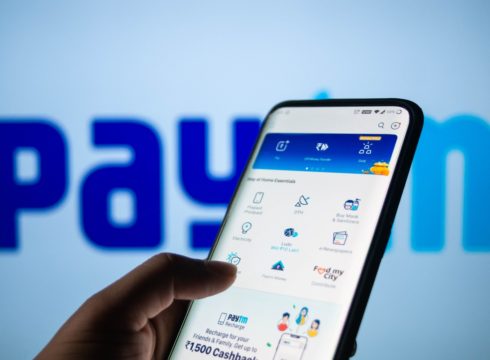SUMMARY
The two parties are working towards accelerating digital transformation in semi-urban and rural India while bringing more people into formal banking channels
Paytm and HDFC Bank will build comprehensive solutions across Payment Gateway, POS Machines and Credit Products including Paytm Postpaid which is the Buy Now Pay Later (BNPL) solution, Eazy EMI and Flexi Pay, and more
Paytm and HDFC Bank will jointly launch a co-branded POS product in the retail segment, which Paytm will have the option to offer to its own customer base
Inc42 Daily Brief
Stay Ahead With Daily News & Analysis on India’s Tech & Startup Economy
IPO-bound Paytm and Indian banking giant HDFC have announced that they will be entering a strategic partnership to deliver financial solutions to end consumers and merchants across India.
By combining HDFC Bank’s retail products/network with Paytm’s technology platform, the two parties are working towards accelerating digital transformation in semi-urban and rural India while bringing more people into formal banking channels.
Through this partnership, Paytm and HDFC Bank will build comprehensive solutions across payment gateway, point of sale (PoS) machines and credit products including Paytm Postpaid, which is the company’s buy now pay later (BNPL) service, EMI and other deferred payments products.
As of now, Paytm is India’s largest payments platform with 333 Mn users and 21 Mn merchants onboard. India’s largest payments platform based on the number of consumers, number of merchants, number of consumer to merchant transactions and revenue, as on March 31, 2021.
HDFC bank on the other hand, has 50 Mn credit card and debit card users, making it the number one credit card issuer in the country with a spend share of over 27%. The company also claims to have a footprint of over 2 Mn merchant acceptance points and 48% business market share on merchant acquiring volume.
Given the high market position of both the companies, they each will benefit from this partnership due to the other’s support. HDFC Bank will drive merchant partnerships across India, to whom Paytm will offer its existing range of Android PoS devices. Through the partnership, HDFC Bank’s salespersons will start selling Paytm’s payment solutions in the market. HDFC Bank will be the payment partner, while Paytm will be the distribution and software partner.
Additionally, Paytm and HDFC Bank will jointly launch a co-branded PoS product in the retail segment, which Paytm will have the option to offer to its own customer base.
Through this partnership, HDFC will also work on its SmartHub solutions. HDFC Bank SmartHub solutions is an integrated platform offering merchants a one-stop solution shop for all their business needs-payments, banking, lending and segment-specific business solutions.
“As India’s largest issuing and acquiring bank, we have always endeavoured to personalise our offerings to customers-consumers, businesses and corporate houses. Through this partnership, we will also be jointly delivering enhanced SmartHub solutions to the market,” said Parag Rao, group head, payments, consumer finance, digital banking and IT, HDFC Bank.
Paytm saw its overall revenue take a hit amid the pandemic as it fell 9.9% from INR 3,540.77 in FY20 to INR 3,186.8 in FY21 on a consolidated basis. On the verge of a $3 Bn initial public offering, the fintech behemoth’s losses narrowed 42% to INR 1,704.01 Cr from INR 2,943.32 Cr in the same period.
The company achieved this on the back of lowering its expenses from INR 6,138.23 Cr in FY20 to INR 4,782.95 Cr in FY21, the company’s annual report showed. While Paytm spent a staggering INR 1,397.05 Cr in marketing in the financial year ending March 2020, the digital payments company tamped down its marketing spend by 62% to INR 532.32 Cr amid the pandemic as digital adoption went up.
Note: We at Inc42 take our ethics very seriously. More information about it can be found here.


